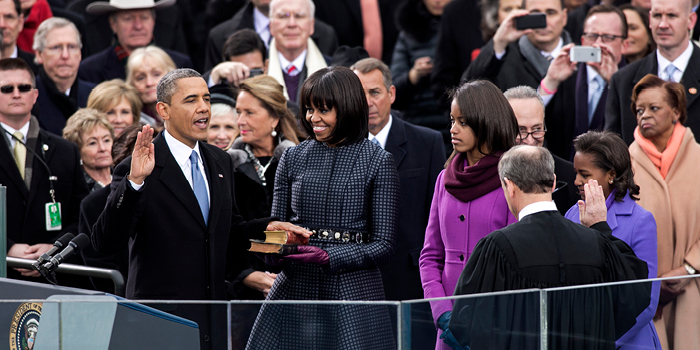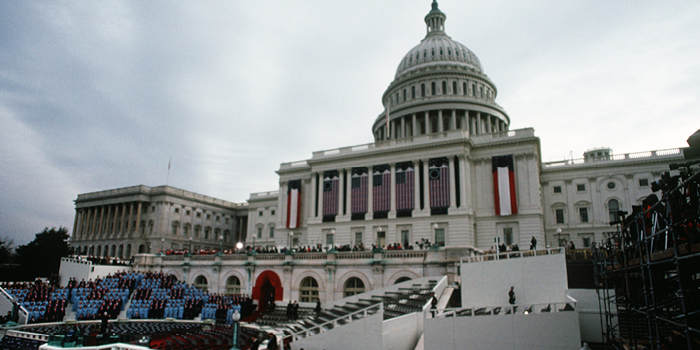
Presidential inaugurations are important civic rituals in our nation’s political life. Here you can learn more about the oath to “preserve, protect and defend the Constitution of the United States” as well as some fun facts about inaugurations of our past.
Whether you want to know all about inaugurations or read a fun story, you’ll find it all here!
Washington’s Address
Inaugural Moments
Flashback to 2013, the National Archives takes a look at moments throughout our inaugural history from George Washington to Herbert Hoover and beyond.

Fourth Time’s A Charm
Franklin Delano Roosevelt was an unusual President for many reasons, not the least being that he was elected to the office four times. Consequently, he took the oath of office at four different inaugural ceremonies, the first three of which were conducted at the U.S. Capitol. Because World War II was still raging in 1944, FDR’s fourth inauguration took place very quietly at the White House. FDR was also the first president to take the oath in January rather than March.
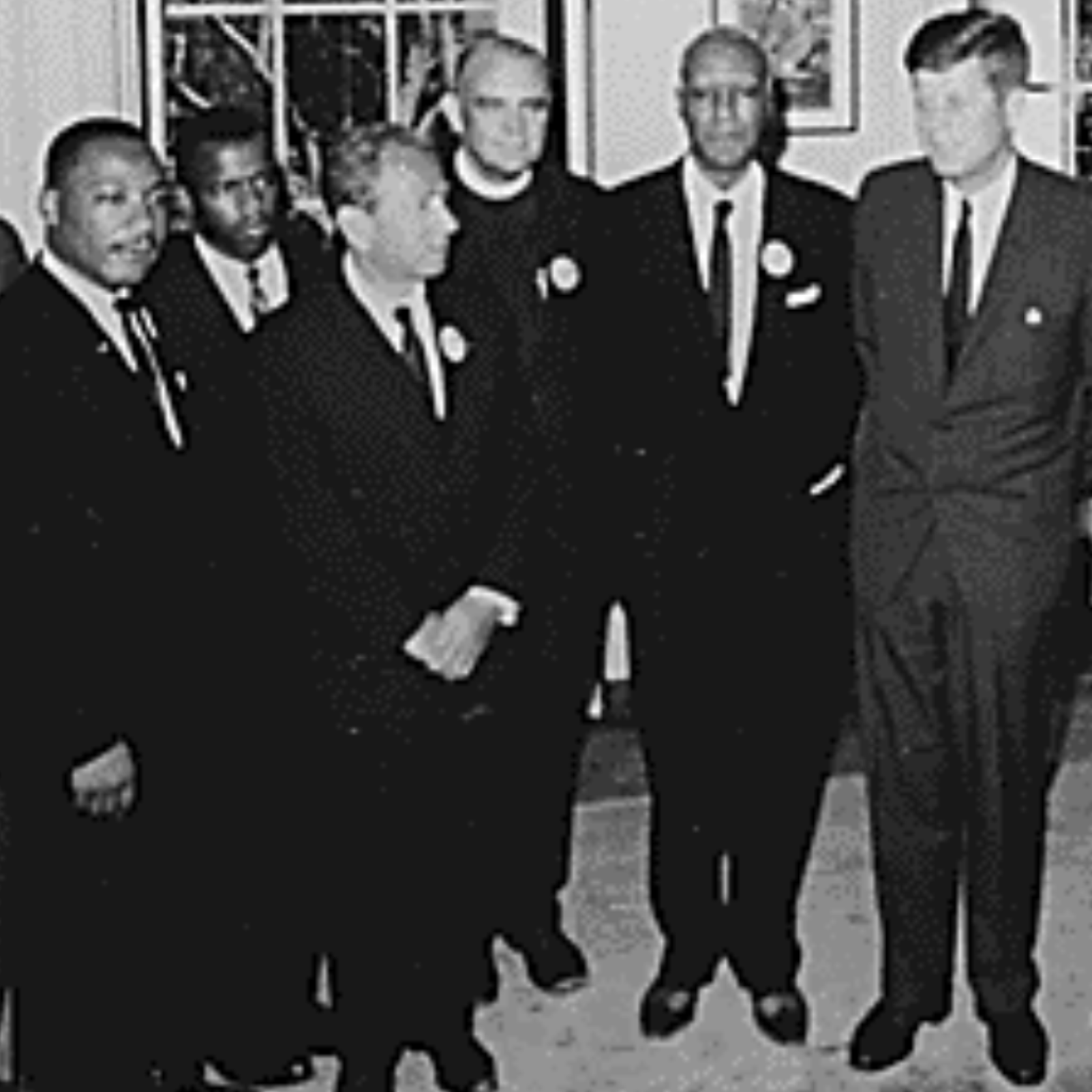
MLK and JFK
When he took the oath of office in January 1961, John F. Kennedy was the youngest man ever elected to the presidency. During the campaign, the nation was being rocked by protests aimed at advancing civil rights, especially in the South. In late October 1960, less than a month before Election Day, Martin Luther King, Jr., was jailed in Georgia for leading a protest in Atlanta. Most of Kennedy’s advisors felt the candidate should not try to intervene—they feared doing so would alienate white Southerner voters. Others argued that Kennedy had to do something.
When he was freed from jail, King credited Kennedy with having used his influence to secure his freedom. Both John Kennedy and Martin Luther King, Jr., were passionate about advancing the cause of civil rights in the United States, and both were gifted orators. Kennedy’s inaugural address and King’s “I Have a Dream” speech are among the most frequently quoted speeches in U.S. history.
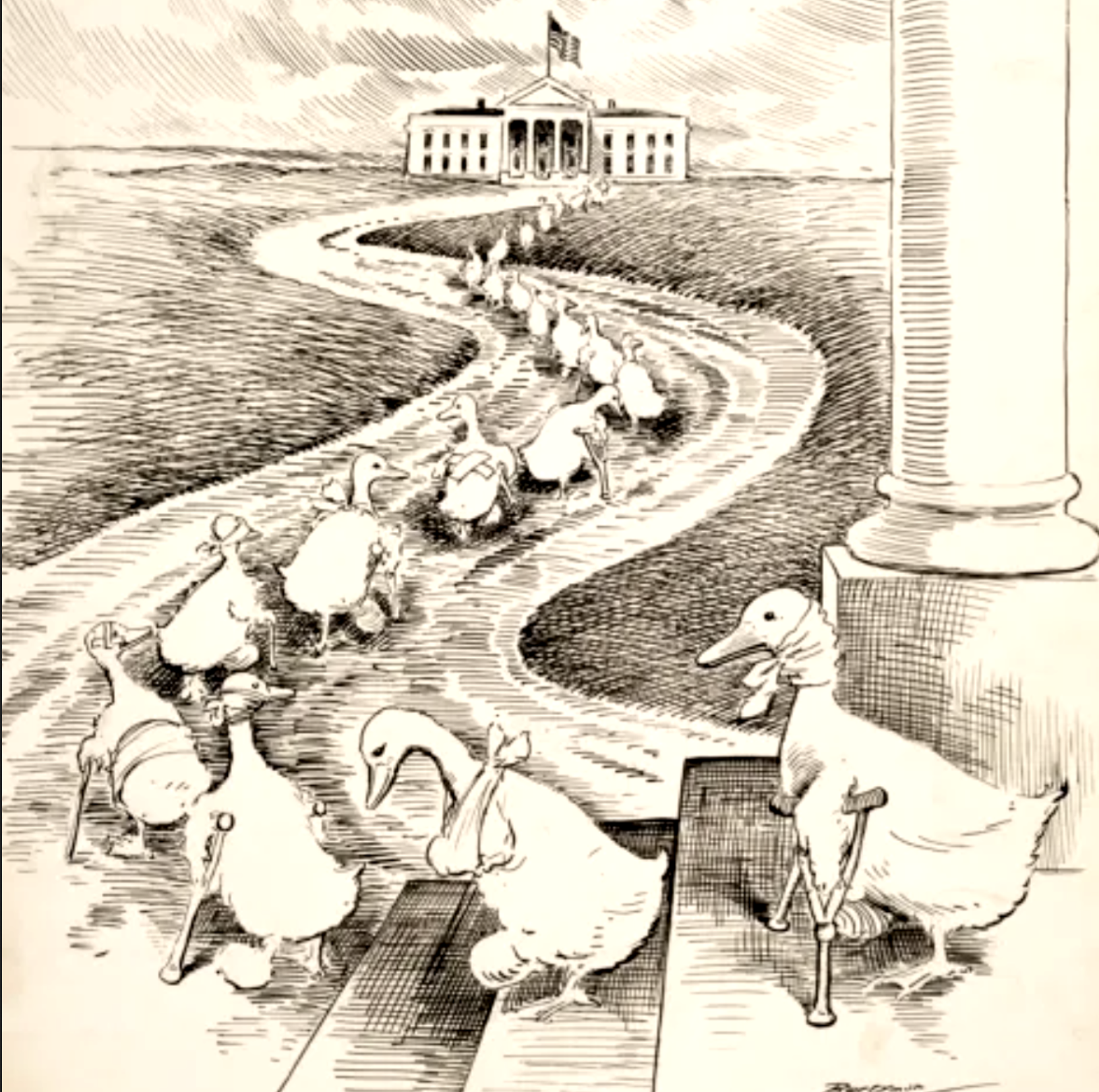
A Duck to Water
Until 1936, the President was sworn in on March 4, as the Constitution mandates. A President who is leaving office is called a “lame duck” during the period from the election until the new President is sworn in because he or she generally can’t accomplish much in that short time. Furthermore, in the late eighteenth and early nineteenth centuries, news traveled much more slowly than it does now, so the four-month lag between Election Day and the inauguration was not especially troublesome then. That situation had changed by the time Abraham Lincoln was elected in 1860 – news of his victory traveled swiftly, and consequently, nearly all the Southern states had seceded from the union by the time he took the oath of office in March.
The 20th Amendment, which changes the date of the ceremony to January 20, was ratified in 1933 and went into effect for the next presidential election.
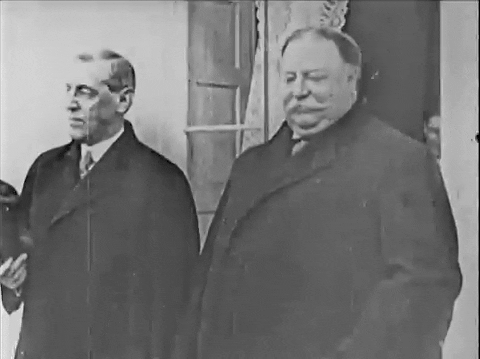
Taft’s Gaff
When you have to give a speech or act in a school play, do you ever worry that you’ll forget your lines? Don’t fret – it’s extremely unlikely you’ll make as big a public gaff as Chief Justice William Howard Taft did when he administered the oath of office to presidential incumbent Herbert Hoover in 1929. Instead of instructing Hoover to say he would “preserve, protect, and defend” the U.S. Constitution, Taft said Hoover should promise to “preserve, maintain, and defend” it. Considering that Taft had been President from 1909 to 1913 and thus had taken the oath himself, that’s a pretty big mistake. Unfortunately, at the inauguration, you don’t get do-overs.
